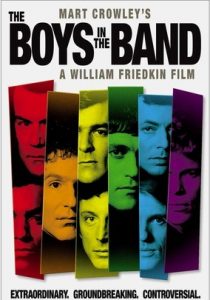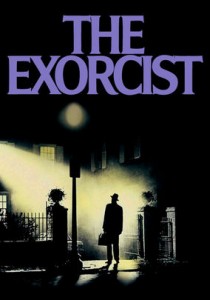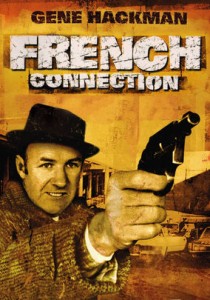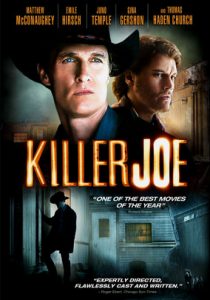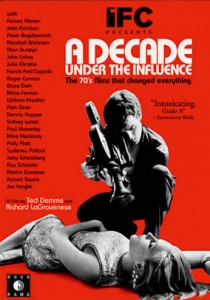The Boys in the Band-1970
Director William Friedkin
Starring Kenneth Nelson, Leonard Frey
Top 250 Films #40
Scott’s Review #658
Reviewed July 4, 2017
Grade: A
An excellent counterpart to the equally brilliant and equally unpleasant Who’s Afraid of Virginia Woolf? (1966) The Boys in the Band is also a stage production made into a feature film.
As such, shot very much like a play and seemingly in one long take, the film is highly effective and delicious in wit and dark humor. With a macabre and bitter element, the characters snipe and ridicule each other during a birthday party.
The Boys in the Band is a groundbreaking film on many levels, as it is one of the first LGBTQ+ films to feature gay characters in prominent roles. Furthermore, it has the dubious honor of being the first film to use the word “cunt”.
Regardless, the film is fantastic and a must-see for anyone intrigued by LGBTQ+ film history. All of the actors appeared in the stage production and reprised their roles for the film version.
The setting is the Upper East Side of Manhattan in the late 1960s.
Michael, a writer, is hosting a birthday party for his good friend, Harold. When Michael receives an urgent call from his straight and married college chum, Alan, he begrudgingly invites him over at the risk of having his lifestyle exposed.
One by one, the guests arrive for the party. Emory is quite effeminate and loud, Hank and Larry are masculine and a couple, but with monogamy issues and Hank’s marriage as obstacles.
Bernard, a black bookstore clerk, is a friendly, amiable guy.
“Cowboy”, a dim-witted hustler, and Harold, the sarcastic, bitter, guest of honor, round out the attendees.
As the night wears on, the party turns into a free form of insults, bad feelings, and vicious conversation. Alan and Emory get into a fistfight, and later a hurtful telephone game forces everyone to call the one person they truly love, which results in anxiety and sadness for most of the guests.
The key aspect of The Boys in the Band is that it is shot like a play, with a highly effective results. In this way, especially midway through the film, when the guests are all in the same closed room, the action becomes suffocating and stifling as a few of the guests bare their fangs.
Director Friedkin uses many close-ups of his characters to portray their raw emotions further.
My favorite characters are Alan and Hank, as these characters are the most complex.
Both are married, and both hit it off famously, although Alan’s sexuality is never completely revealed. He is married but troubled, and the audience never learns why, although we could wager a guess that he is, indeed, conflicted by his sexuality.
What will become of him? Will he accept his sexuality or live a repressed existence?
Hank, during a divorce from his wife, lives with Larry as a couple. Hank is complex because he is transitioning from a straight life to a gay lifestyle, and that must have been very difficult in the late 1960s- for this reason, I find the character of Hank quite brave.
The film does not explore this angle as much as it could have, but a character like Hank adds depth to the cast in a positive way. Alan and Hank are multi-dimensional characters, whereas some of the others contain gay stereotypes.
I would have enjoyed a deeper dive into the personal lives of some of the characters. Still, the film is really about the emotions many of the characters possess and feelings of love, some unrequited, and there are too many characters for each to receive their due focus.
Plus, the film’s primary focus is the characters’ back-and-forth banter.
